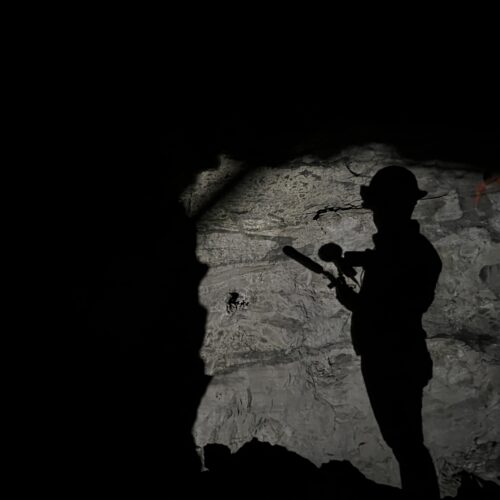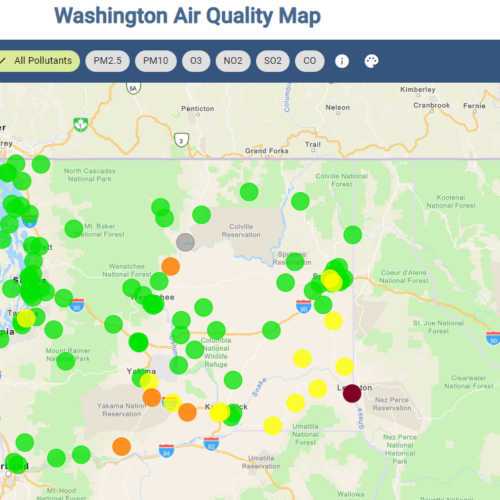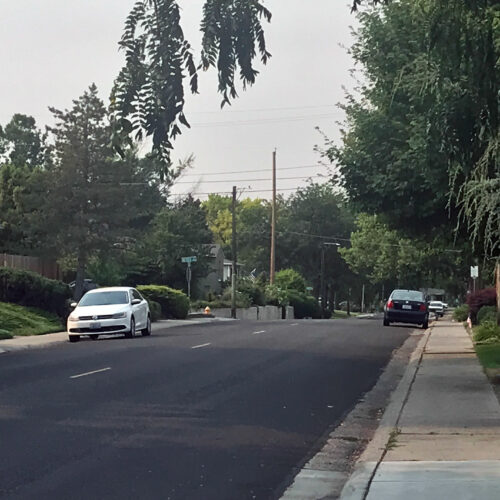
Logging Potential Drove Recommendation On Shrinking Oregon’s Cascade-Siskiyou Monument
While deciding whether to shrink Oregon’s Cascade-Siskiyou National Monument, Interior Department officials focused on the land’s logging potential.
The information was revealed in mistakenly-released documents.
Conservation groups are frustrated by revelations in The Washington Post that Interior Department officials focused on the logging value in the Cascade-Siskiyou National Monument — and not the biological diversity the monument was designated to protect.
Dave Willis is with the Soda Mountain Wilderness Council, a conservation group working to protect the monument. He said it’s a very important biological corridor, connecting three mountain ranges in Southern Oregon and Northern California.
“It’s a crucial pathway for critters that don’t want to be isolated and have to marry their cousins all the time,” Willis said.
He said that connective land bridge needs to be strengthened.
President Obama expanded the Cascade-Siskiyou National Monument a few days before he left office. Interior Secretary Ryan Zinke has recommended shrinking its size — President Trump hasn’t made a decision yet.
Willis wants the monument’s boundaries kept intact.
“It sounds like (Zinke is) ignoring not only the science, but the economics as well. Not only ignoring it, but hiding it under a rock,” Willis said.
Willis said his group will take legal action if the monument is downsized.
“These forests need conscientious protection, not heedless degradation,” Willis said.
Logging groups say President Obama should not have been able to expand the monument. Parts of the expansion included what are known as O&C lands, which were designated by Congress for timber production.
“These lands are the lifeblood of rural communities in Western Oregon,” said Travis Joseph, president of the industry group American Forest Resource Council.
Joseph’s group is part of a lawsuit that argues Obama didn’t have the authority to designate monument land after Congress had established that same land for timber production.
“If a president can do that, what prohibits a president from designating even more O&C lands for a national monument?” Joseph said.
Sen. Ron Wyden, D-Oregon, who supports the expansion, and Rep. Greg Walden, R-Oregon, who opposed the expansion, did not respond to a request for comment.
Sen. Maria Cantwell, D-Washington, said in a statement that she was unhappy that the Trump administration made a decision to “dismiss evidence,” when deciding whether to shrink national monuments.
“The fact that the Trump administration places no value on the booming recreation economy that generates over $887 billion annually is no surprise to those of us who have been watching their shameful record of exploiting our public lands over the last two years. This ‘drill at all costs’ approach is wrong for our economy and wrong for the environment,” Cantwell said.
Copyright 2018 Earthfix
Related Stories:
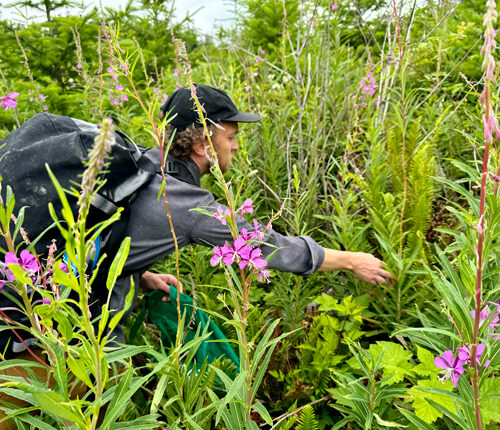
‘Tastes like hard work:’ Inside a foraging hike on the Kitsap Peninsula
Andrew Pogue, co-founder of Fair Isle Brewing in Seattle, reaches for fireweed leaves on a foraging trip. (Credit: Courtney Flatt / NWPB) Listen (Runtime 3:46) Read One craft brewery in
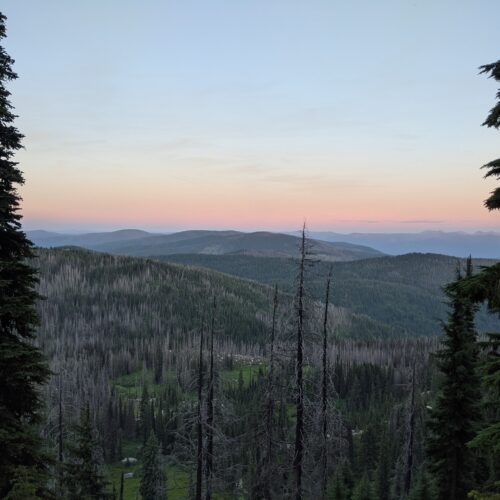
Thousands of Northwest jobs could come from new Forest Service plan
A sunrise over the Rocky Mountains from Rocky Ridge Campground in the Nez Perce-Clearwater National Forests on August 8, 2020 (Credit: Lauren Paterson / NWPB) Listen (Runtime :59) Read A

StoryCorps Northwest – Nancy Puburn & Cynthia Bounds: Dad goes to war
Nancy Pyburn, right, and daughter Cynthia Bounds at their StoryCorps Northwest recording. Listen (Runtime 4:36) Read Sometimes, when everything feels right, something can make your world crumble. Something like a




